Research Suggests all Humans Share One Single Ancestor—and it’s not Adam
Diversity is often hailed as the essence of beauty—an observation that is readily apparent when we consider the vibrant array of flowers, animals, landscapes, and humans that populate our world.
Yet, this remarkable diversity wasn’t always the norm. In fact, all life on Earth traces its lineage back to a singular origin.
The True Ancestor Humans: LUCA
Contrary to popular beliefs—like those found in biblical texts—the progenitor of all living organisms wasn’t named God or Adam but is known as LUCA.
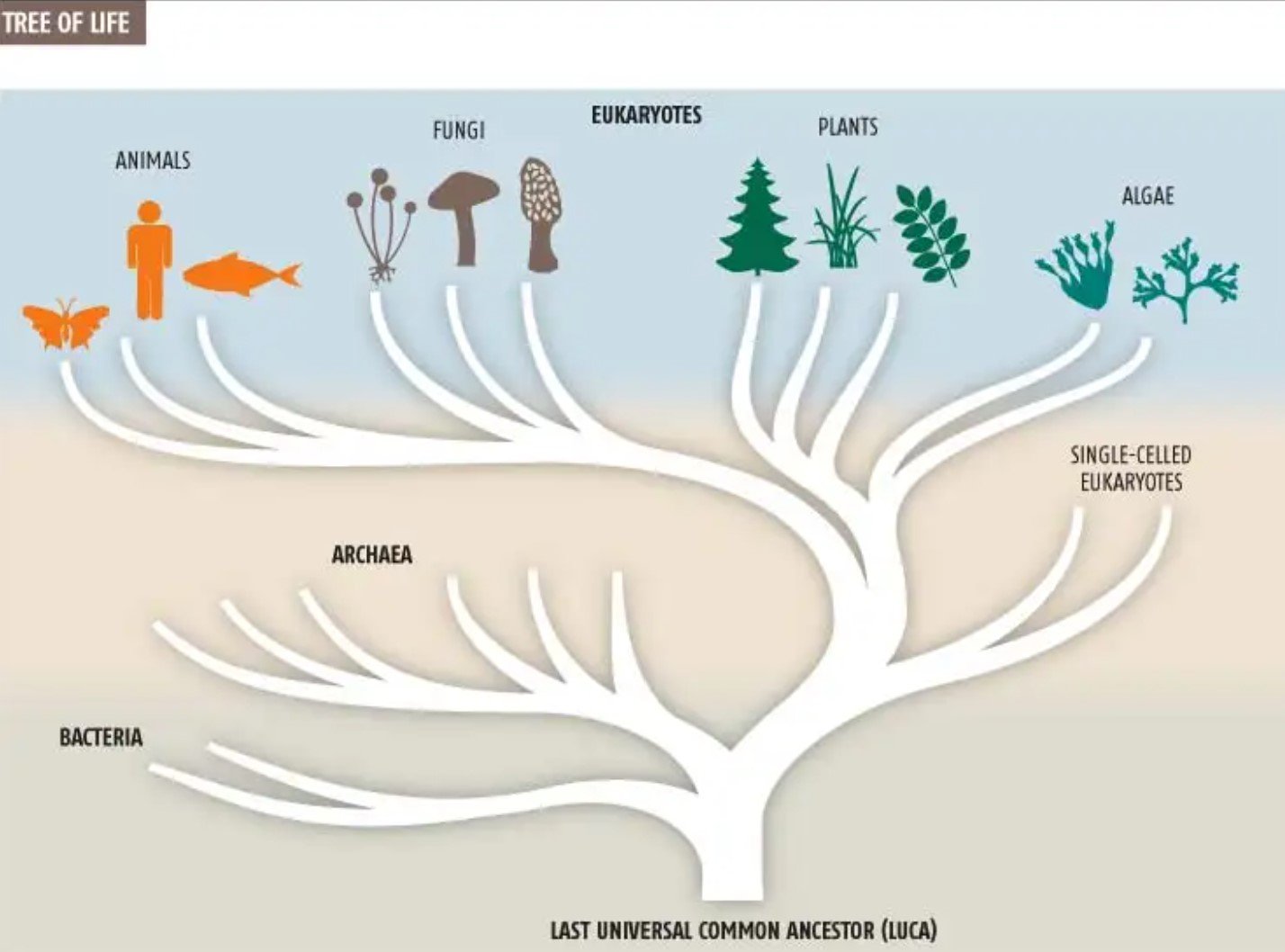
Source: New Scientist
LUCA stands for “Last Universal Common Ancestor,” a term used by scientists to describe a fundamental, primitive organism from which all life has descended.
How We Are Related to LUCA
Modern life evolved from LUCA from various sources. These sources include amino acids used to build proteins in all cellular organisms, the shared energy currency, the presence of cellular machinery, and DNA’s purpose of storing information.

Source: Wikimedia
This is what makes all organisms that function under these sources related.
The Ancient Root of All Life
This tiny, rudimentary life form is considered the root of the entire tree of life, encompassing everything from the tiniest bacteria to the most massive creatures that have ever existed.

Source: Wikimedia
Recent research, however, has revealed that LUCA’s existence may date back even further than previously thought
New Findings Suggest LUCA Predates Earlier Estimates
For a long time, scientists estimated that LUCA emerged approximately 4 billion years ago—around 600 million years after the Earth was formed.

Source: Wikimedia
But new findings, detailed in a recent study published in Nature Ecology & Evolution, suggest that LUCA might have appeared even earlier.
Dating LUCA
Scientist Edmund Moody and his colleagues from the University of Bristol compared all the genes in the genomes of living species in a new study, counting the mutations that have occurred in their sequences over time.
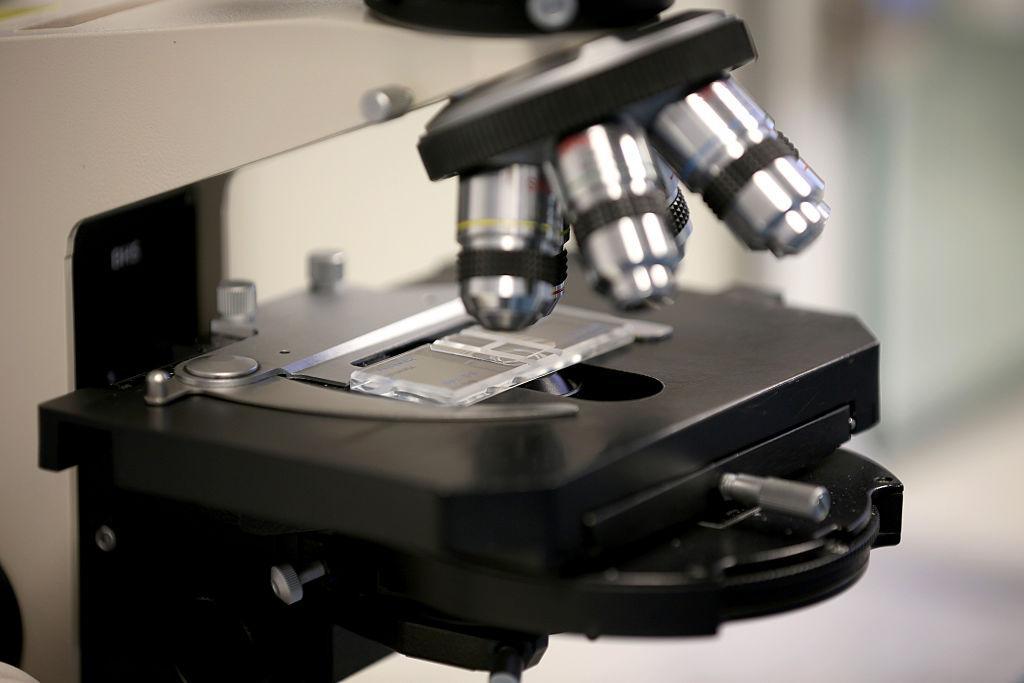
Source: Christopher Furlong/Getty Images
Since these organisms all come from LUCA, the time of separation can reveal how old LUCA is.
The Evolution of LUCA
“The evolutionary history of genes is complicated by their exchange between lineages,” Dr. Moody said. “We have to use complex evolutionary models to reconcile the evolutionary history of genes with the genealogy of species.”

Source: Wikimedia
“We did not expect LUCA to be so old, within just hundreds of millions of years of Earth formation,” said Dr. Sandra Álvarez-Carretero, also from the University of Bristol. “However, our results fit with modern views on the habitability of early Earth.”
Looking Closer
By remodeling the physiological characteristics of modern living species, the study’s authors were able to work out the biology of LUCA.

Source: Freepik
“One of the real advantages here is applying the gene-tree species-tree reconciliation approach to such a diverse dataset representing the primary domains of life Archaea and Bacteria,” said University of Bristol’s Dr. Tom Williams.
Genetic Analysis
To achieve this, they employed a technique that involved analyzing genetic data from modern species and tracking the mutations that have accumulated since these species diverged from their common ancestor—LUCA.
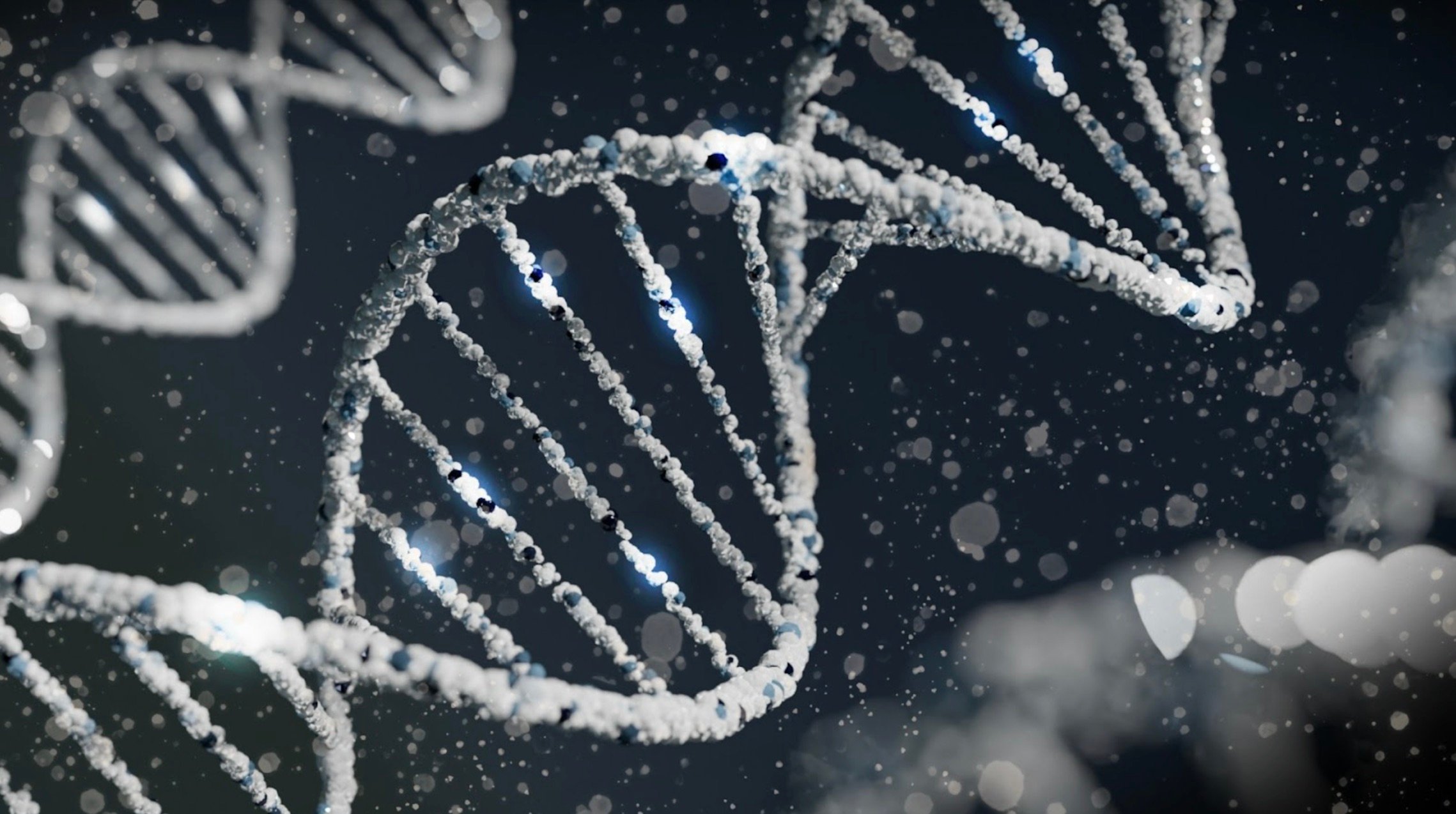
Source: Sangharsh Lohakare/Unsplash
By applying a genetic equation to estimate the separation time between species, the team concluded that LUCA may have been around as early as 400 million years after Earth’s formation.
Not Too Different From Modern Organisms
“Our study showed that LUCA was a complex organism, not too different from modern prokaryotes,” said University of Bristol’s Professor Davide Pisani. Prokaryotes are microscopic single-celled organisms that do not have a distinct nucleus with a membrane or specialized organelles.

Source: Freepik
Dr. Pisani continued: “… but what is really interesting is that it’s clear it possessed an early immune system, showing that even by 4.2 billion years ago, our ancestor was engaging in an arms race with viruses.”
Life Amidst Earth’s Fiery Beginnings
This new timeframe places LUCA squarely within the Hadean Eon, a tumultuous period named after Hades, the Greek god of the underworld.

Source: Hellbus/Wikimedia
The Hadean Eon, which also draws from the Hebrew word for “hell,” was characterized by extreme conditions, including a molten surface, relentless volcanic eruptions, and frequent asteroid impacts.
Surviving the Extreme
The fact that LUCA managed to survive in such a harsh environment is remarkable.
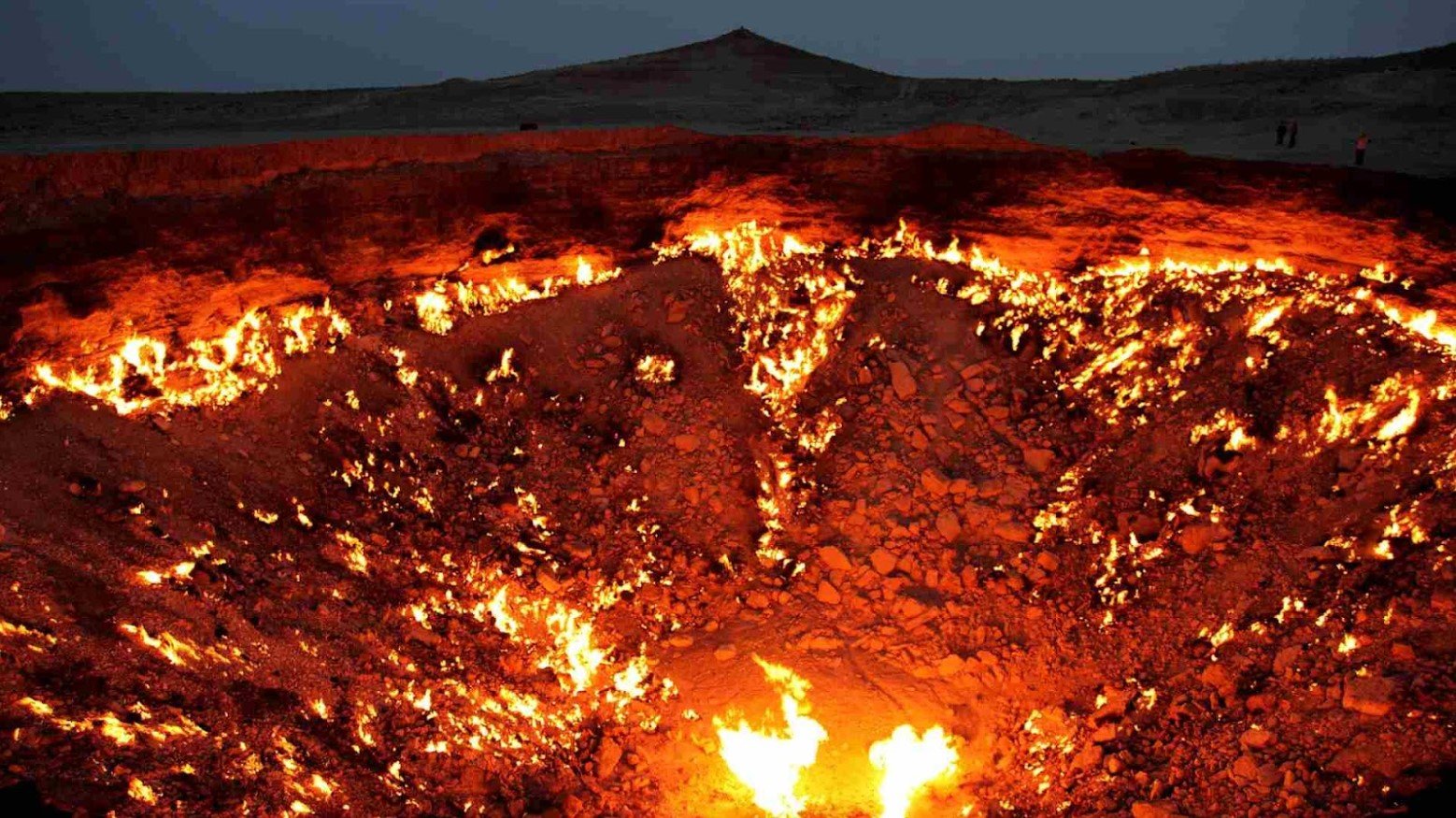
Source: flydime/Wikimedia
The researchers were keen to understand how this early ancestor endured these brutal conditions.
LUCA's Primitive Immunity
Their investigation revealed that, despite LUCA’s simplicity as a prokaryote—a single-celled organism lacking a nucleus and membrane-bound organelles—it likely possessed a primitive immune system.
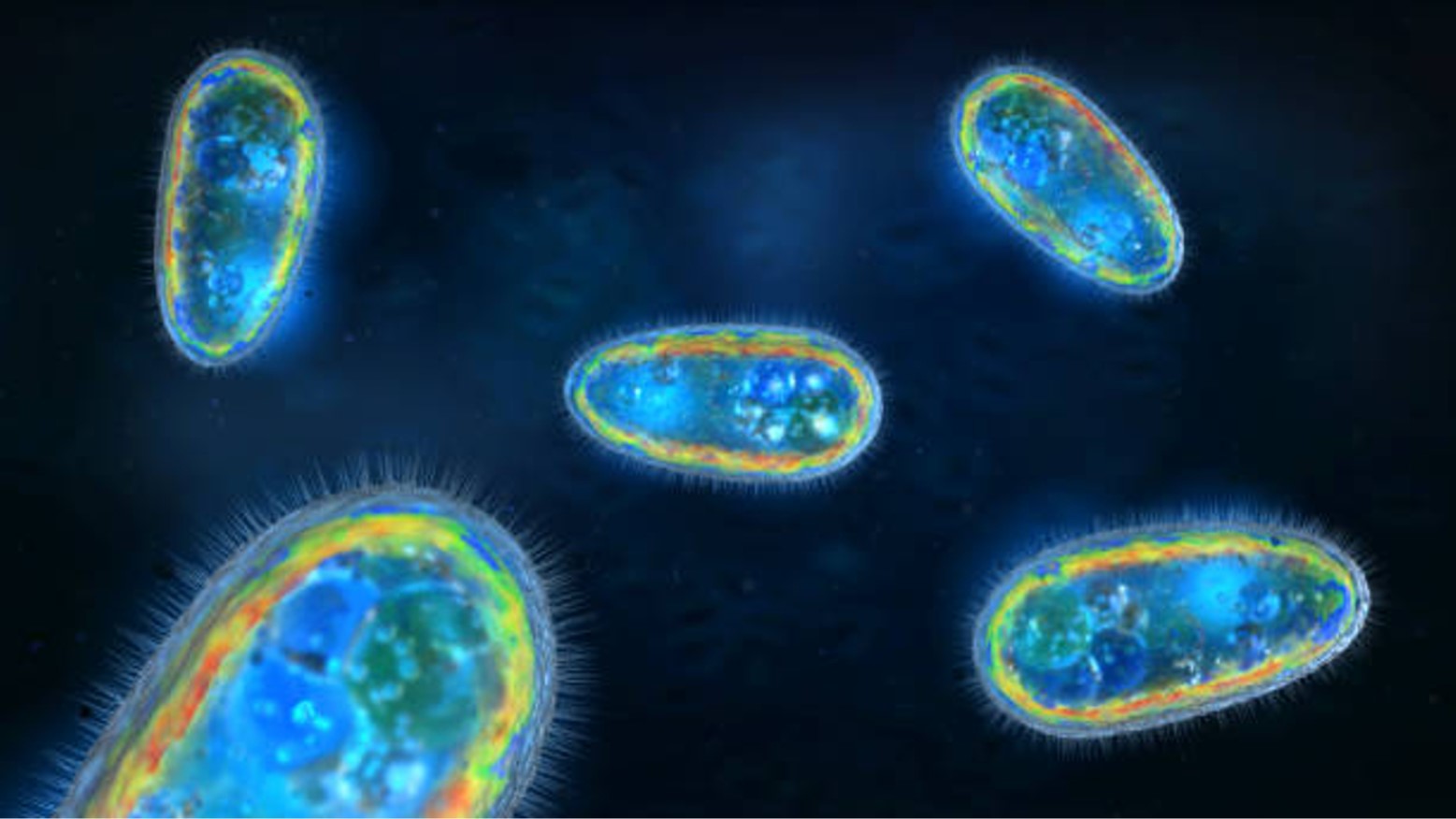
Source: iStock
This early immune system would have enabled LUCA to fend off the primordial viruses that were pervasive at the time.
Early Microbial Ecosystems and Recycling
Tim Lenton, a co-author of the study from the University of Exeter, noted, “It’s clear that LUCA was exploiting and changing its environment, but it is unlikely to have lived alone.”
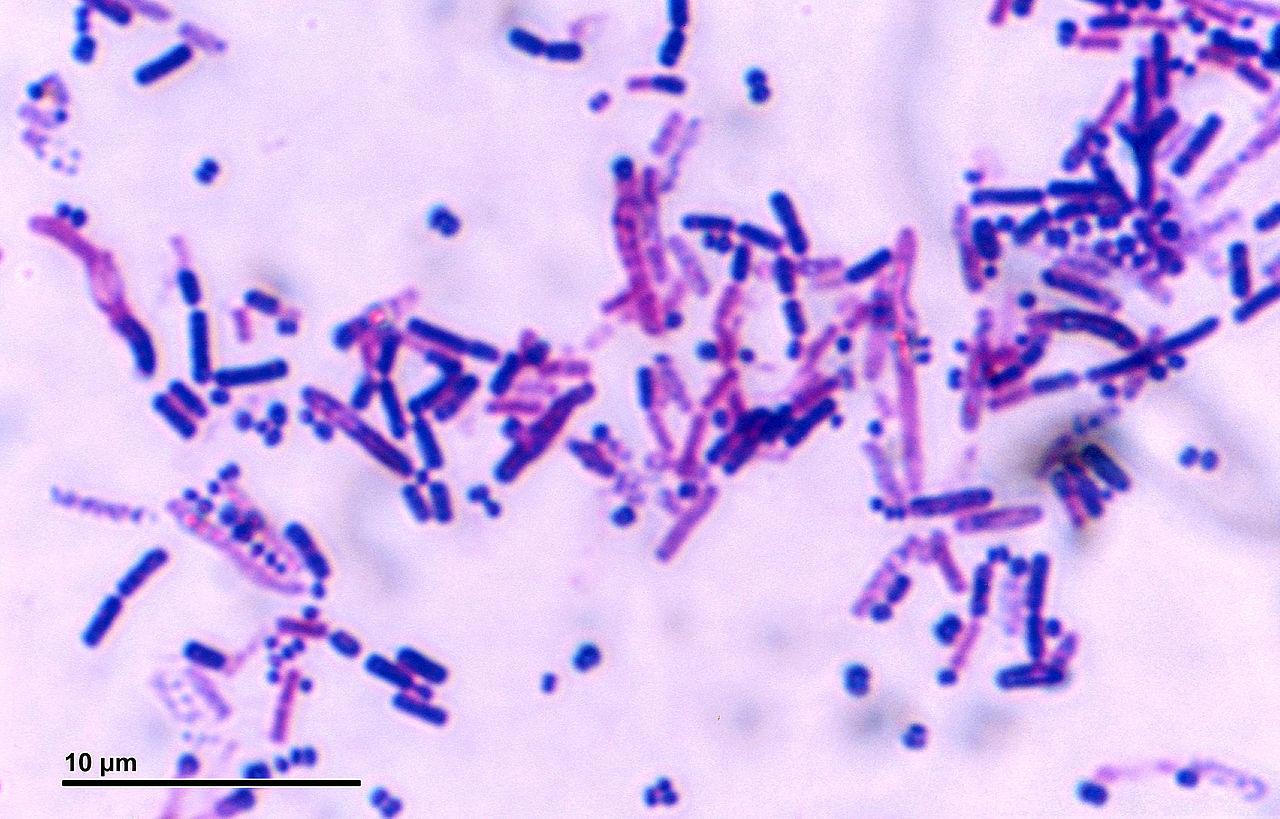
Source: Wikimedia
“Its waste would have been food for other microbes, like methanogens, that would have helped to create a recycling ecosystem.”
Creating a Recycling Ecosystem
“It’s clear that LUCA was exploiting and changing its environment, but it is unlikely to have lived alone,” said Dr. Tim Lenton, a researcher at the University of Exeter.

Source: Australian Institute of Marine Science
The researchers believe that LUCA’s waste would have been food for other microbes that existed around the time, like methanogens, encouraging a recycling ecosystem that depended on each organism.
Ongoing Research
Although LUCA remains the oldest known common ancestor, the path from this primordial life form to the complex organisms we see today is still a subject of ongoing research.

Source: Wikimedia
Scientists continue to delve into our primordial past to uncover the intricate processes that led to the evolution of complex life and the remarkable diversity that defines our world today.
Unraveling the Evolution from LUCA to Modern Diversity
Further exploration is needed to fully understand how life evolved from its earliest beginnings.

Source: Jakub Hałun/Wikimedia Commons
Additionally, this research will help clarify how these early forms of life gave rise to the extraordinary variety of organisms we see today.
Detailed Insights into LUCA and Early Earth
The research not only pushes back the timeline of LUCA’s existence but also provides fascinating insights into its characteristics and the conditions of early Earth.

Source: Alexander Gerst/ESA via Getty Images
An international team of researchers from the UK, Netherlands, Hungary, and Japan undertook the challenge of pinpointing LUCA’s exact appearance on Earth.
Life on Early Earth
“The findings and methods employed in this work will also inform future studies that look in more detail into the subsequent evolution of prokaryotes in light of Earth history, including the lesser studied Archaea with their methanogenic representatives,” said Professor Anja Spang, a researcher at the Royal Netherlands Institute for Sea Research.

Source: Wikimedia
The research demonstrates how the ecosystem of the time was able to establish an early version of Earth.
Life Like LUCA Could Be Elsewhere
“Our work draws together data and methods from multiple disciplines, revealing insights into early Earth and life that could not be achieved by any one discipline alone,” said University of Bristol’s Professor Philip Donoghue.

Source: Wikimedia
“This suggests that life may be flourishing on Earth-like biospheres elsewhere in the Universe.”
10 Planets That Could Host Life
Currently, ten planets could closely resemble Earth, supporting life like LUCA and eventually a future species like humans.

Source: Roberto Nickson/Unsplash
According to Space, a potentially life-friendly planet must be relatively small and orbit in the habitable or “Goldilocks” zone of its star. This would allow water to exist in liquid form on the world’s surface.
Gliese 667Cc
One planet that could potentially support life like LUCA is 22 light-years from Earth and is at least 4.5 times as massive as Earth, according to NASA’s Jet Propulsion Laboratory.
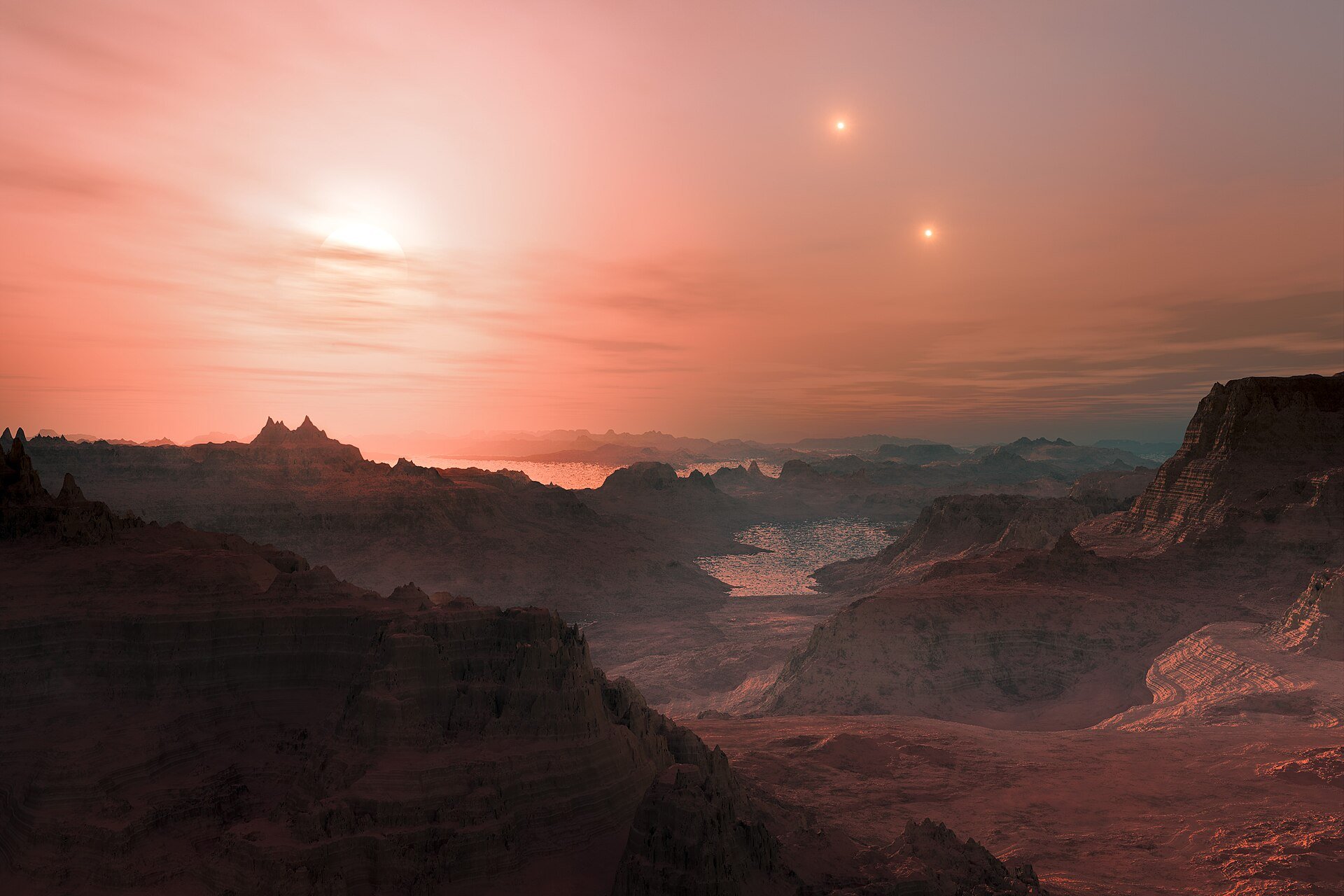
Source: Wikimedia Commons
Known as Gliese 667Cc, the planet completes one orbit around its host start in 28 days, but the star is a red dwarf, and is considerably cooler than the sun. However, the planet’s proximity to the sun could cause life to be baked by flares from the red dwarf.
Kepler-22b
Kepler-22b is located 600 light-years away and is considerably larger than Earth. Dubbed the “super-Earth,” it is unclear if the planet is rocky, liquid, or gaseous.
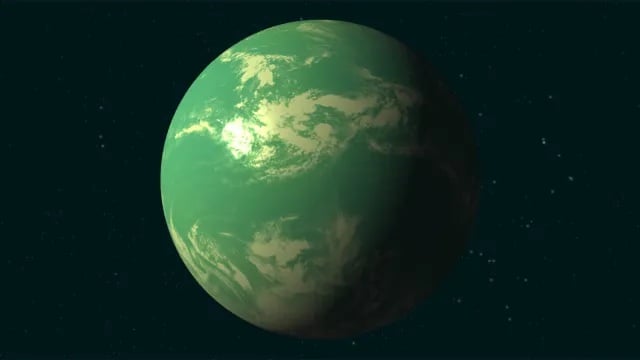
Source: NASA
Kepler-22b’s orbits a G-class star, which is smaller and colder than Earth’s, in 290 days, which is pretty similar to Earth’s 365.
Kepler-69c
Located about 2,700 light-years away, Kepler-69c, which is 70 percent larger than Earth, is located in a habitable zone, but researchers are unsure about its composition.
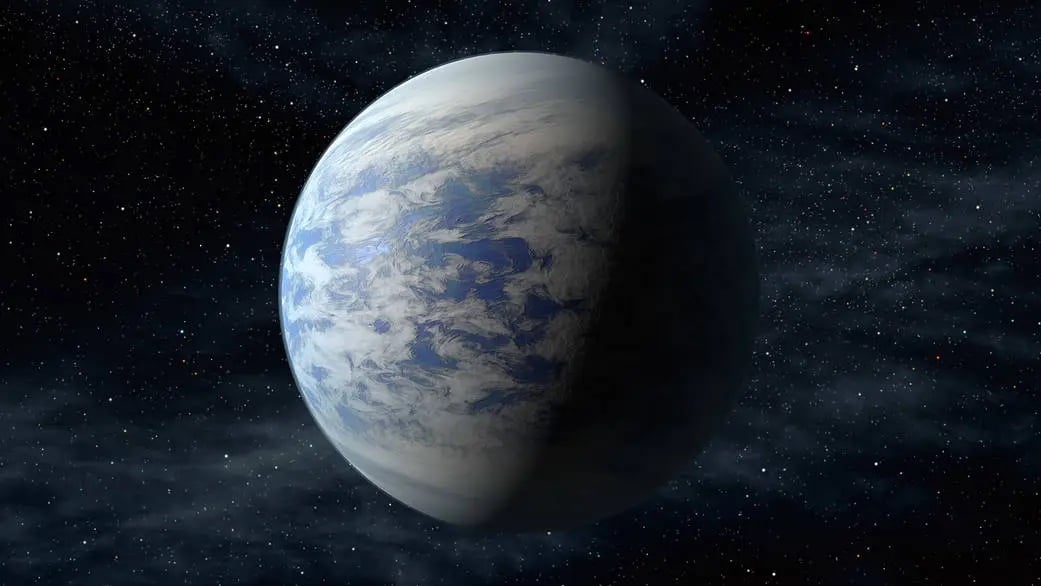
Source: NASA
However, Kepler-69c’s host star is about 80 percent as luminous as the sun, which makes the planet habitable by some sort of life.
